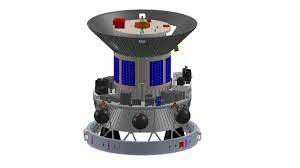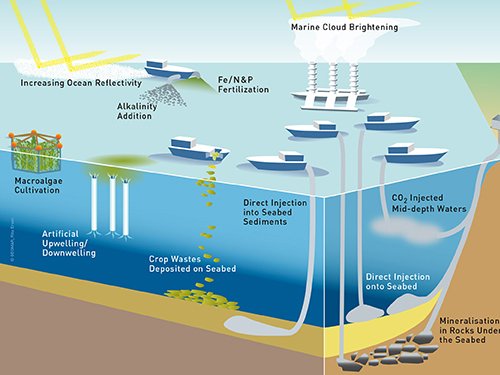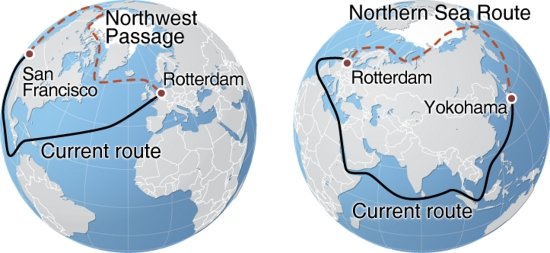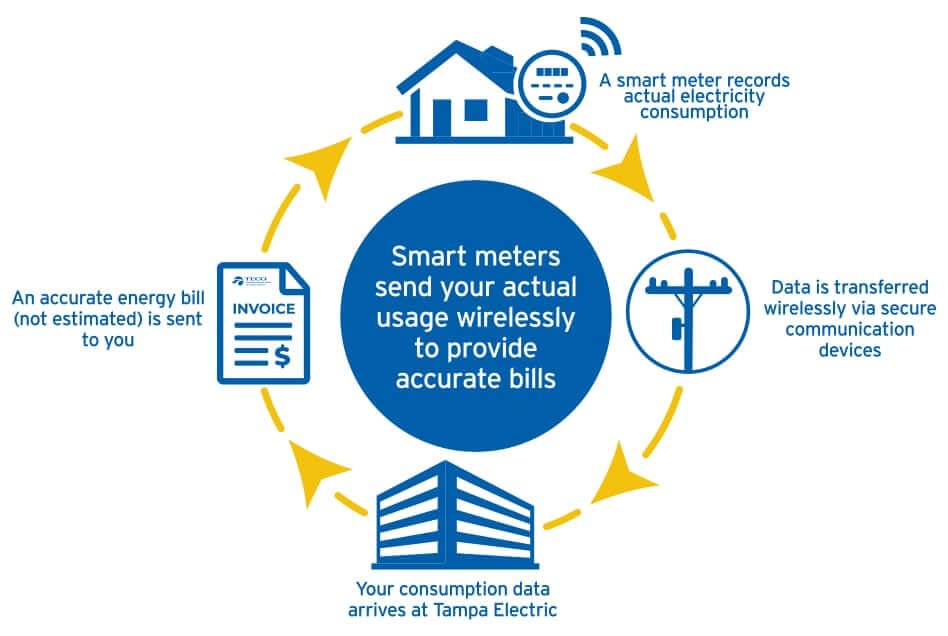
Bengaluru Water Crisis
Subscribers of "Current Affairs" course can Download Daily Current Affairs in PDF/DOC
Subscribe to Never Miss an Important Update! Assured Discounts on New Products!
Must Join PMF IAS Telegram Channel & PMF IAS History Telegram Channel
- Context (ET | ToI | BT | IE | TH): Bengaluru, home to over 13 million people and a global IT centre, is facing a severe water shortage.
- According to India Today, there is no shortage of water in areas serviced by Cauvery Water. Those areas dependent on borewells have been facing a crisis as borewells have dried up.
- Of the nearly 13,900 borewells in Bengaluru, nearly 7,000 have dried up.
- Despite receiving over 900 mm of rainfall annually, the city struggles to store an adequate amount of water.
- Notably, Bengaluru is regarded as one of the most water-stressed cities globally, comparable to Cape Town, South Africa, which nearly faced a day zero scenario.
- A BBC report, based on UN projections, listed Bengaluru as second after Brazil’s São Paulo among the 11 global cities that are likely to run out of drinking water.
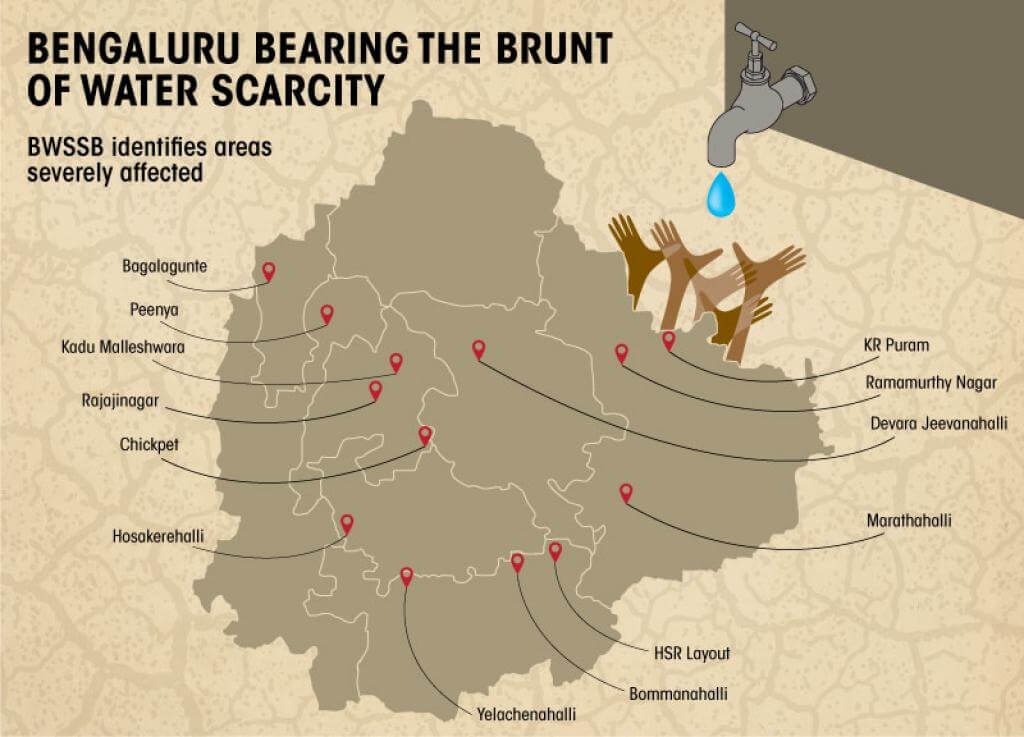
- Historically, inhabitants obtained water from ‘tanks’, which are excavations or dams designed to capture and store monsoonal rainfall.
- With rapid growth, the city has increasingly relied on water pumped from the river Cauvery.
- Also, Shallow wells are being replaced by deeper boreholes.
Water Sources for Bengaluru
- Bengaluru has two main sources of water.
- The river Kaveri (Cauvery).
- Groundwater (replenished by rainfall).
- Around half of the city’s water comes from its underground aquifer, but this has been so over-extracted that the city is sinking at a frightening rate.
- The remaining half of Bengaluru’s needs come from the Cauvery River, a reservoir 90 km away, which costs Rs 3 crore daily for pumping.
Cauvery Water
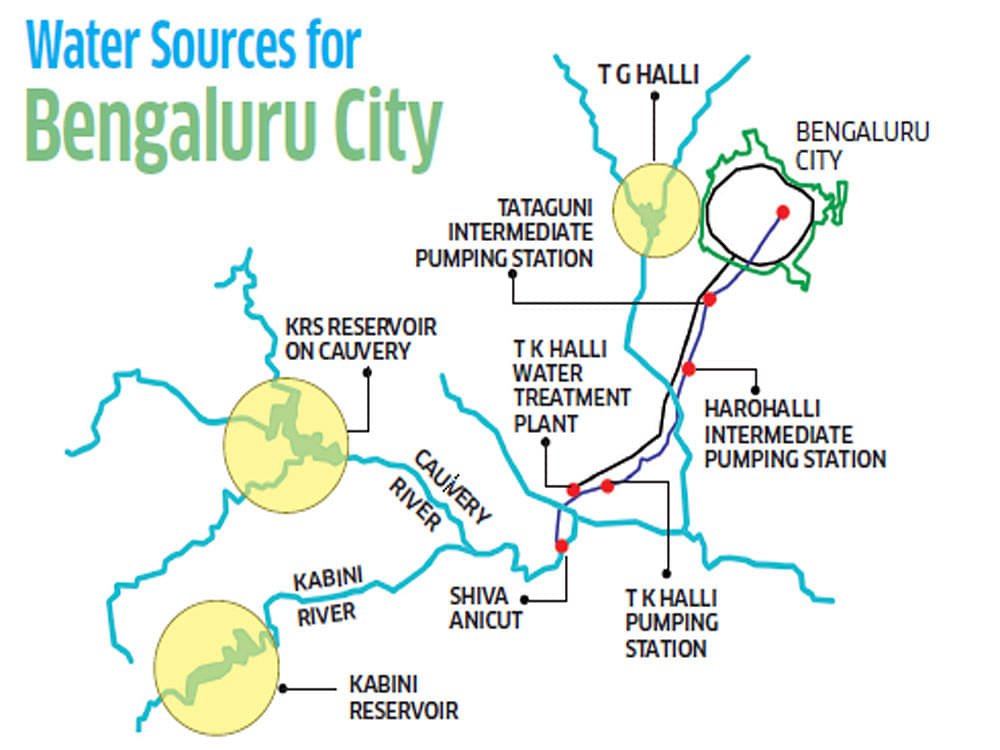
- Bengaluru has three pipelines connecting with the wider rural region:
- The Hesaraghatta pipeline (1890s).
- The TG Halli pipeline (1929-33).
- The Cauvery pipeline (1970s).
- The two ageing reservoirs, the 120-year-old Heseraghatta and 83-year-old Thippegondanahalli of Cauvery’s Arkavathi tributary is unreliable. Now Bengaluru is almost entirely dependent on the Cauvery River.
The Hesaraghatta pipeline
- In 1896, for the first time, water was drawn from the Arkavathi river (tributary of the Kaveri) and supplied to Bengaluru via the reservoir in Hesaraghatta.
- The design capacity of the reservoir was 21 MLD. Today, it does not supply even a drop of water.
The TG Halli Pipeline
- In 1933, water from the same tributary of the Cauvery was drawn to the TG Halli reservoir. This reservoir has a capacity of 149 MLD, but it no longer supplies water.
The Cauvery Pipeline
- 27 years after Independence, water was for the first time drawn from outside the city. The Cauvery Stage-I project was born.
- Since then, five more projects to bring water from Cauvery have been commissioned.
-
Water Distribution from Cauvery River
- Water from the Cauvery is collected in the Krishna Raja Sagar Dam (KRS) in Mysore.
- From KRS reservoir, Water is transported to T.K. Halli water treatment plant.
- After being treated, from T.K. Halli it flows to Tataguni via three pumping stations.
- From here, after checking the water for contamination, the BWSSB (Bangalore Water Supply and Sewerage Board) pumps water and transports it to over 660,355 BWSSB connections.
- Bangalore draws 1450 MLD of water per day from Cauvery.
Groundwater

- Groundwater is water collected in fissures between rocks deep underground, formed by rainwater trickling through soil and rocks.
- Aquifers Interconnected fissures in the rocks that create a single body of underground water.
- There are two types of aquifers from where water can be extracted: unconfined and confined aquifers.
- Unconfined aquifers are found in the second layer of the earth.
- This is just below the soil and is made up of crushed rocks that can hold water. Open bore wells that go up to a depth of 80 feet can access this water.
- Confined aquifers are found below the weathered layer in hard rock fissures. The water here is stored under high pressure.
- The aquifers contain a limited amount of water. Hence, they dry out over time. As the shallow borewells dry out, deeper borewells are dug to access water from confined aquifers.
- Current scenario: The groundwater is depleted in Bangalore.
- Rainfall: Close to 60% of the rainfall on average occurs during the southwest monsoon from June to September. The retreating, northeast monsoon also brings rain from October to December.
- The annual rainfall since 2020 has been over 1,200mm.
- However, in 2022, the city received 1,957mm of rainfall; the highest in 122 years.
Other Sources – Treated Water
- Used water may also be treated so that it can be re-used. Bengaluru has 14 Sewage Treatment Plants (STP) that can collectively treat about 721 million liters of water per day.
- STPs are mandatory for all apartment buildings constructed post-2007.
- Treated water can be used for gardening and landscaping, flushing toilets, cleaning, and many other ways.
Bengaluru’s Water Demand & Supply

- Total water demand: Bengaluru requires about 2,632 million litres per day (MLD), with residential use accounting for 72 per cent, industrial use 17 per cent, commercial/institutional use eight per cent, and construction two per cent.
-
Total Supply:
- Cauvery water: The city receives 1,460 MLD from the Cauvery River.
- Groundwater: The city draws an estimated 1,392 MLD from groundwater but naturally replenishes only 148 MLD through green spaces and water bodies.
Reasons for the Depletion of Ground Water resources
Natural
Geology: Bengaluru is situated on a fractured hard rock aquifer
- The granitic and gneissic bedrock has relatively low storage capacity. Also, the recharge rates are meagre, roughly 10 per cent of the rainfall.
- This is very different from the aquifers in north India, which have a much better capacity to hold water.
- This is why Bihar and Uttar Pradesh, which got even less rainfall last year than Karnataka, have not seen similar water scarcity.
Poor Rainfall in 2023
- Bengaluru has received just 24 mm of rain in August 2023, an 80 per cent deficit against the month’s average of 123 mm and the worst since at least 1971, (according to data from the Karnataka State Natural Disaster Monitoring Centre (KSNDMC)).
- The previous low was in 2012, when the deficit was around 36 per cent.
- Direct consequence of low rainfall is low level of water in reservoirs.
- Latest data from the Central Water Commission shows that Karnataka reservoirs are currently holding water at only 26 per cent of their full capacity.
- Instead of the nearly 8.8 billion cubic meters of water that is expected in Karnataka’s reservoirs at this time of the year, only 6.5 billion cubic meters is currently available.
Man made
Rapid urbanisation & population growth
- Since 1990, the city’s population has tripled to 13.6 million.
- Bengaluru’s population could reach 20.3 million by 2031 and is growing by 3.5% annually.
Remarkable decrease in the water spread area
- This decline is considered the main reason for the decreasing groundwater level in the city.
- Study by the IISC’s Centre for Ecological Sciences says that water spread area has fallen from 2,324 hectares in 1973 to just about 696 hectares in 2023, a 70 per cent drop.
90% of its rainfall water is lost to runoff and evaporation

Over Exploitation
- According to the Central government’s groundwater assessment 2023, all groundwater units in Bangalore (Urban) and Bangalore (Rural) are over-exploited.
- In Bangalore (Urban), the aquifers in Anekal, Yelahanka, Bangalore East, Bangalore North, and Bangalore South have been dug up much more than they are recharged.

Groundwater pollution due to Over Exploitation
- Groundwater is exploited by the tanker and packaged water mafia in Bengaluru.
- In areas like KR Puram, Whitefield, RT Nagar and JP Nagar, borewells are sunk almost 1,500 ft deep. Geologists say this is a major reason for pollution.
- As per the Central Ground Water Board (CGWB) assessment, 81% of the groundwater samples collected from rural Bengaluru were found to have nitrate levels above the permissible limits (>45ml/l).
- To add to this, 60% of the samples from rural districts had uranium levels higher than the permissible limit (>30 micrograms/litre).
|
Significant growth in concrete structures and paved surfaces

Inefficient Distribution System
- Bengaluru wastes half the water it receives, making it the second highest among Indian metros in terms of water loss, according to an IndiaSpend analysis of water-use data. Kolkata leads at 50%.
- The ISEC paper attributed the wastage to two types of distributional losses: damage and leakages in the water supply system and unauthorised water connections.
Neglect of Lakes & Wetlands
- Bengaluru was once known as the city of a thousand lakes.
- An inter-connected lake system was created by Hiriya Kempegowda (a feudal lord under the Vijayanagara Empire) to supply water for drinking and irrigation in the region.
- A survey by the district administration in 2015 identified 1,600-odd lakes in the region.
- Unfortunately, more than 85% of them have disappeared since 1800. A 1986 census counted 389 lakes, which have fallen to 81 now.
- The report by the Ministry of Water Resources states Karnataka has lost 14,918 water bodies to pollution and encroachment.
- 98% of lakes are encroached upon, and 90% are fed with untreated sewage or industrial effluents. For example, Froths & Fire accidents in Bellandur lake.
- Native rivers like Vrushabhavathi have been reduced to mere drains.

Climate change
- Temperatures have risen more frequently in the previous 20 years. Warmer temperatures can lead to higher water bodies and soil evaporation rates, exacerbating water scarcity.
- Rapid urbanisation has caused the average temperature in Bengaluru to increase by about 1.5 degrees Celsius according to the director of National Remote Sensing Centre (NRSC), ISRO.
Way Forward
Mandatory water harvesting and groundwater recharging along with Lake Rejuvenation
- Efficient RWH systems promotes groundwater recharge when the unutilised water is directed to a recharge pit.
- Lakes helped manage the city’s water needs greatly. They need to be redeveloped to ensure water security.
- According to experts, at least 32% of the total runoff volume of water from heavy rains can be diverted to rainwater harvesting.
- Also, existing open lakes and tanks can take in 5% of such water.
- Together, rainwater harvesting and proper lake management can result in almost 37% of flood water being converted into a sustainable water source.
Moving towards a circular decentralised model of water supply
- It involves reusing treated wastewater, rejuvenating urban wetlands using stormwater (and not wastewater or sewer water) and adopting aquifer recharge which is critical for addressing water security.
|
Construction of recharge structures to promote water percolation
- According to experts, for a city like Bengaluru, we need at least a million recharge structures with a diameter of at least three feet and a depth of 20-30 feet.
- But, estimates suggest we have only created around 2.5 lakh recharge structures across the city
Creation of Satellite Towns & Cities
- To address the issues caused by urban sprawl, which involves the disorganized and unplanned growth of urban areas.
Other Steps
- Green Infrastructure: Increase the city’s green spaces by planting more trees, creating parks, and preserving natural areas.
- Permeable Surfaces: Encourage the use of permeable materials for roads, sidewalks, and parking lots to allow rainwater to infiltrate into the ground rather than running off into storm drains.
- Need changes to building code to enable open spaces to be more permeable to water can help promote groundwater recharge.
- Water Reuse: Developing infrastructure for treating and reusing wastewater can reduce the demand for freshwater and alleviate pressure on existing water sources.




![PMF IAS Environment for UPSC 2022-23 [paperback] PMF IAS [Nov 30, 2021]…](https://pmfias.b-cdn.net/wp-content/uploads/2024/04/pmfiasenvironmentforupsc2022-23paperbackpmfiasnov302021.jpg)

